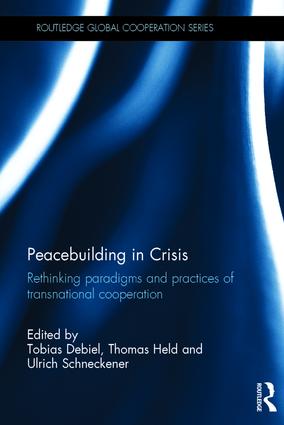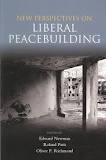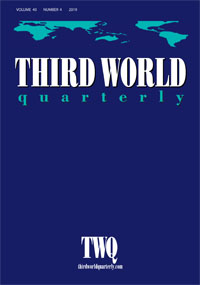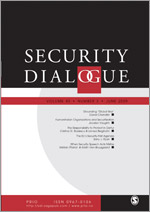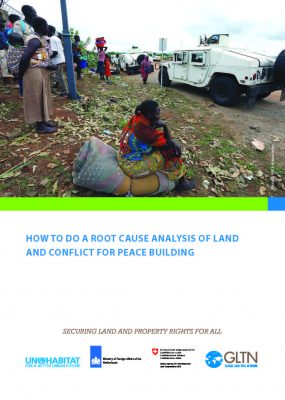Tierra, violencia y desplazamiento
Tierra, violencia y desplazamiento
Malkya Tudela
Periodista, trabajó en el periódico La Prensa y el periódico digital del PIEB, cuenta con Maestría en Estudios Críticos del Desarrollo en CIDES- UMSA. Actualmente trabaja en la Unidad de Investigación del IPDRS.





